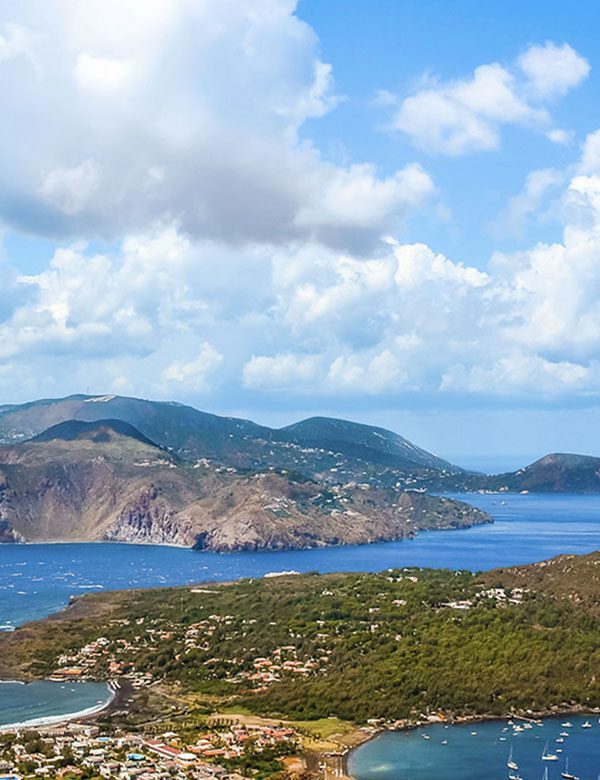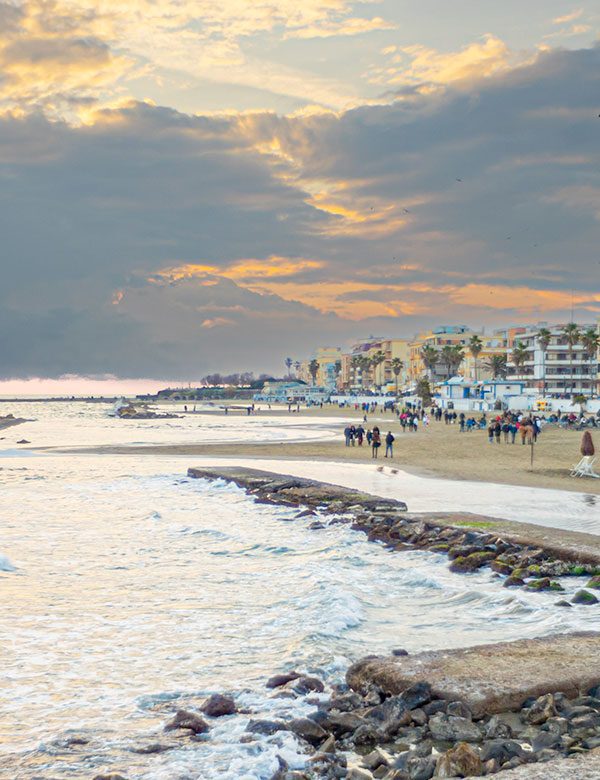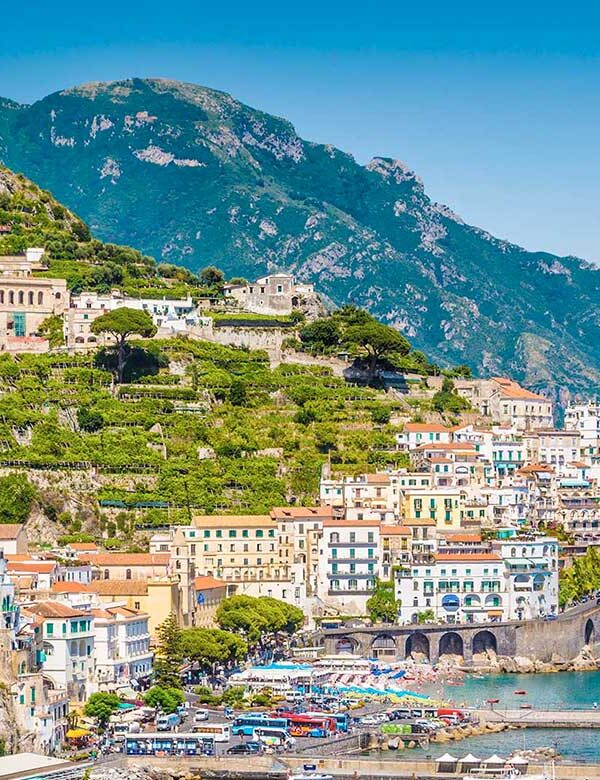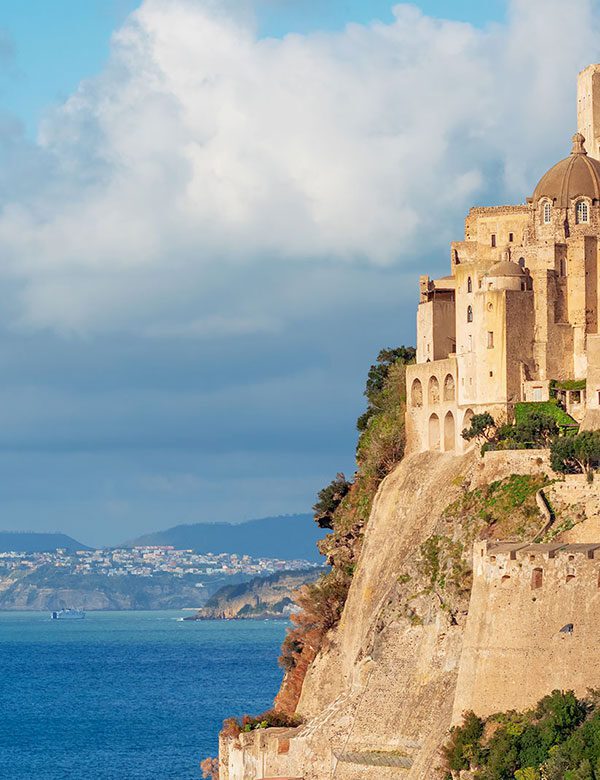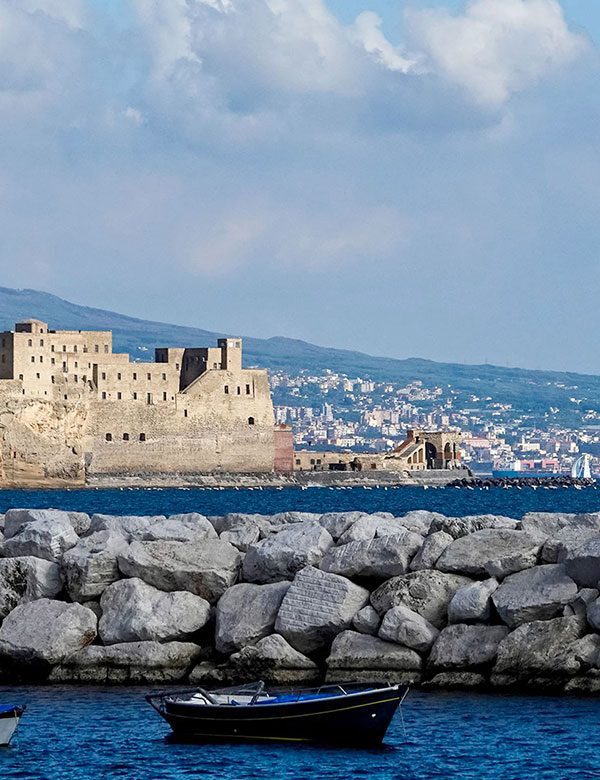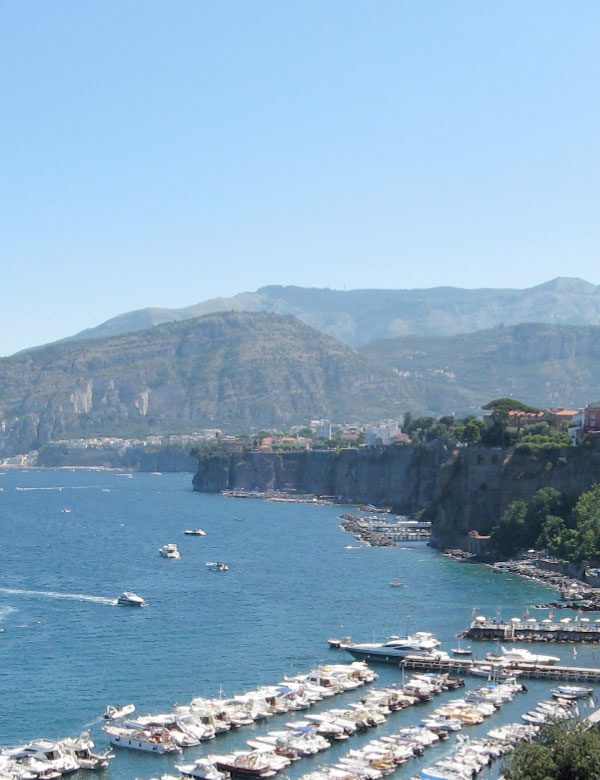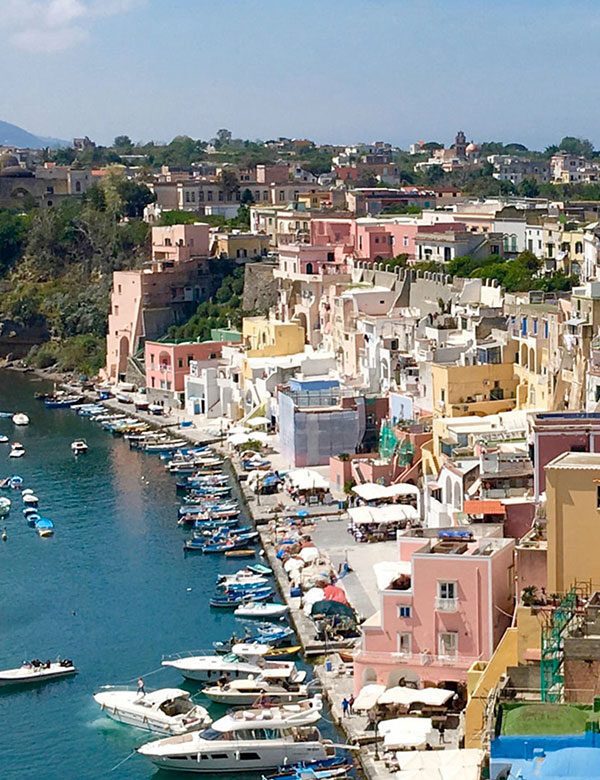Procida
A spectacular setting of houses overlooking the sea, all of different colous and shades boldly juxtaposed. Ė thanks to this particular custom that Procidan sailors have always been able to immediately identify the places of their affections, observing them from that sea that is itself home to the island's children. And that is also the first distinctive sign with which Procida presents itself to tourists who land at Marina Grande, the main port where our units call. From above, on the facade of the 18th-century building in which it is housed, the inscription of the renowned Nautical Institute "Francesco Caracciolo," the oldest in Europe, where generations of Procidan seafarers have been trained, sailing the routes of all oceans.
With an extension that does not reach 4 square kilometers, Procida, whose name derives from the Greek Prochyta, meaning "raised by the waters," is the smallest of the islands of the Campanian Archipelago and can also be explored on foot or by bicycle, starting right from the port. Or you can choose to visit it by boat, to admire its magnificent coastline, embroidered by the sea and the wind, which tells an intense geological story and reveals the volcanic origin shared with Ischia and its twin, very green Vivara, with which it forms the archipelago of the Flegrean Islands.
Without important high grounds, to impose itself in the island's panorama is the high promontory dominated by the fortress built in the 1500s by Cardinal Innico D'Avalos, to defend the village of Terra Casata, the oldest settlement on the island, which arose in the place where the Procidans could best defend themselves from the constant raids of pirates. At the same time, the village was also fortified, changing its name to Terra Murata, which still belongs to it today. In the fortress the D'Avalos nobles, lords of the island, resided for two centuries, before it became available to the Bourbon kings, who used it during their stays on the island for hunting. In 1832 it was converted back to a political prison and later to a prison for lifers until 1988. The adaptation to a prison completely changed the original layout, of which in fact few traces remain in the building currently open to the public for guided tours.
The historic village of Terra Murata, formed around a Benedictine monastery, still guards its abbey dedicated to St. Michael the Archangel, the island's patron saint. In addition to the important works of art in the church, there is the value of the museum complex below, with other valuable works and a library of eight thousand volumes and various rarities. Another small museum worth visiting is the one dedicated to Graziella, the protagonist of the novel of the same name signed by Alphonse de Lamartine, who made Procida known in Europe. But the island's other churches are also worth a stop, starting with the characteristic church of Santa Maria delle Grazie along the path up to Terra Murata.
The island's strong seafaring identity is present everywhere, but among the places not to be missed is the ancient and picturesque fishing village of Corricella, with its colorful houses reflected in the sea of the small bay occupied by the small fishing port. Another small recreational landing place is at Chiaiolella, on the part of the island overlooking Ischia and Vivara. Near one of the island's many sandy beaches are Ciraccio with its tufa stacks, Chiaiolella, Chiaia, Silurenza and Lingua on either side of Marina Grande, Asino, one of the places where Elsa Morante's novel "L'isola di Arturo" is set, and Pozzo Vecchio, also known as Postino beach because part of the famous film starring Massimo Troisi was filmed there. Formerly united with Procida, before volcanic events detached it, the islet of Vivara, connected to the larger island by a bridge, preserves between land and sea important remains of Mycenaean-era villages from the 16th-15th BC. Vivara is a state nature oasis, covered by rich vegetation and a reference point for avifauna on the main migratory routes.
.
 Hello Alilauro 081 497 2238
Hello Alilauro 081 497 2238









